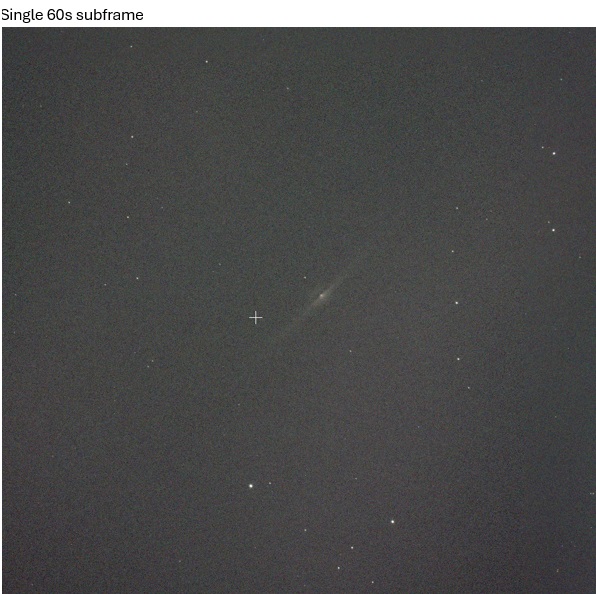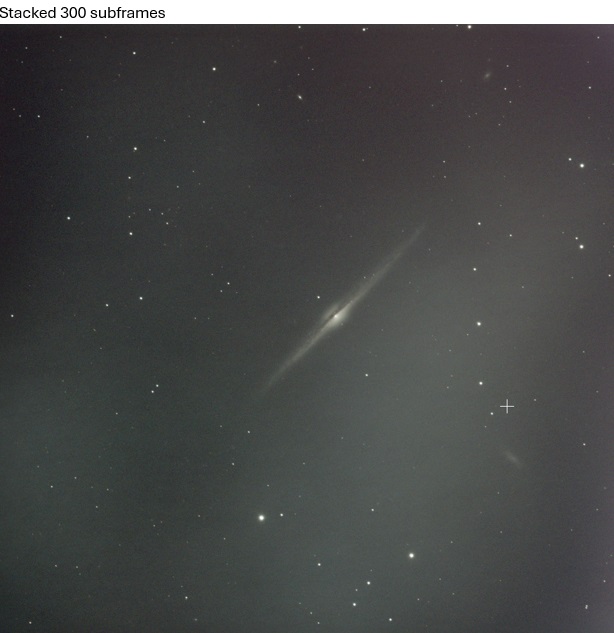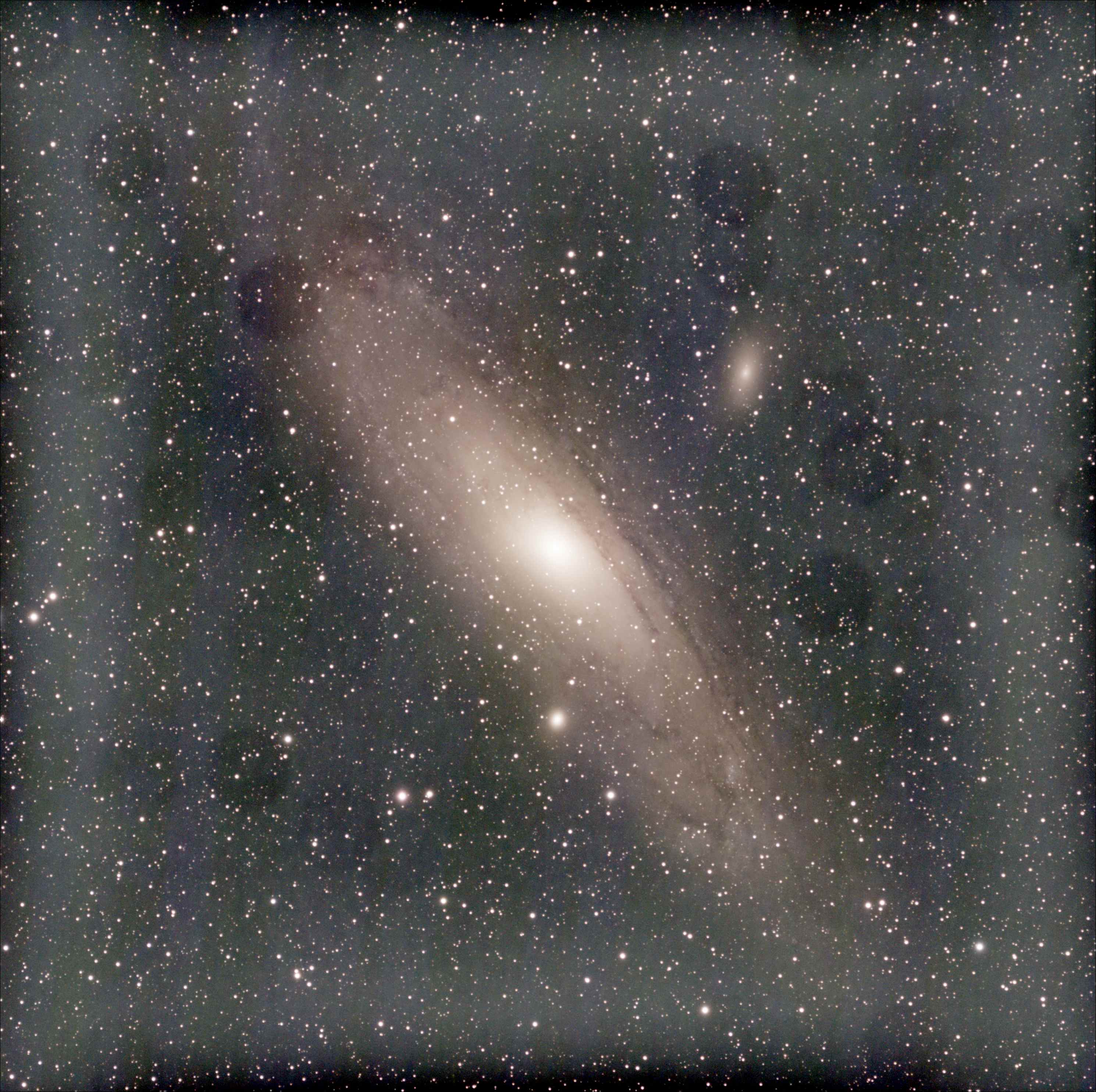Hi everyone,
I’m experiencing an issue with my 533mc Pro camera and could use some advice. When I take RGB pictures using the Antlia Quandband filter, I notice two large reddish areas in my images. This problem persists even in my flats, and the WBPP process doesn’t seem to eliminate these artifacts.
Interestingly, the same reddish areas appear when I shoot without filters as well. However, when I switch to narrowband (NB) imaging, these artifacts become much less pronounced.
I’ve tried all sorts of gradient removal techniques, but the reddish areas just turn white and the background remains unclean.
Has anyone encountered a similar issue or have any suggestions on how to address this? Any feedback would be greatly appreciated!
Thanks in advance for your help.



I’m experiencing an issue with my 533mc Pro camera and could use some advice. When I take RGB pictures using the Antlia Quandband filter, I notice two large reddish areas in my images. This problem persists even in my flats, and the WBPP process doesn’t seem to eliminate these artifacts.
Interestingly, the same reddish areas appear when I shoot without filters as well. However, when I switch to narrowband (NB) imaging, these artifacts become much less pronounced.
I’ve tried all sorts of gradient removal techniques, but the reddish areas just turn white and the background remains unclean.
Has anyone encountered a similar issue or have any suggestions on how to address this? Any feedback would be greatly appreciated!
Thanks in advance for your help.



